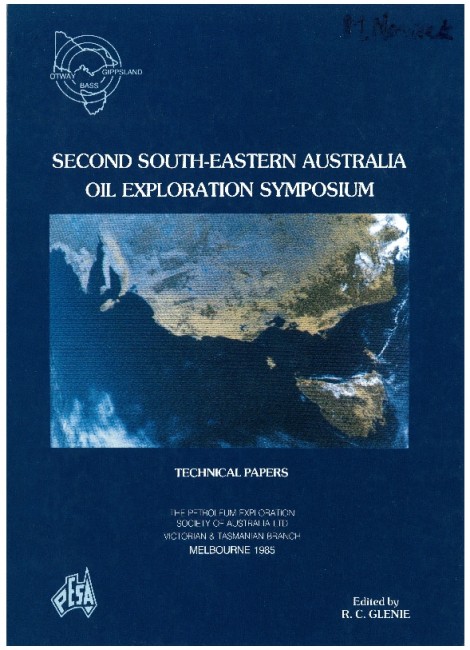Publication Name: Second South-Eastern Australia Oil Exploration Symposium - Technical Papers
Authors: H. McQuillan
Date Published: December 1986
Number of Pages: 23
Reference Type: Book Section
Abstract:
The complex tectonic evolution of the South Island portion of New Zealand's West Coast Cretaceous through Tertiary sedimentary basin has resulted in the formation of a series of discrete sub-basins. Most hydrocarbon exploration effort to date has been centred on the discovery area of the Taranaki Basin to the north, but in recent years seismic acquisition in the South Island's offshore Karamea Basin and the subsequent drilling of a well there have added to our knowledge of that region.Marked facies variations, erosional unconformities and stratigraphic diastems are related to the tectonic events which controlled the evolution of the basin. Ongoing pulses of tectonism caused renewed movements which exploited the basement induced structural grain of the area. The results are manifest as, at first, a response to a tensional or pull-apart regime during late Cretaceous and early Tertiary time. More recently late Tertiary to Recent modification of these features by the imposition of a right lateral wrenching stress field has resulted in the formation of a second generation of fold and fault structures along basement structural trends.
Source and reservoir rock sequences for hydrocarbons are present in the basin and the two generations of fault and fold traps recognised, like the stratigraphic variations characteristic of the region, are related to basement features and their response to renewed crustal movements.


